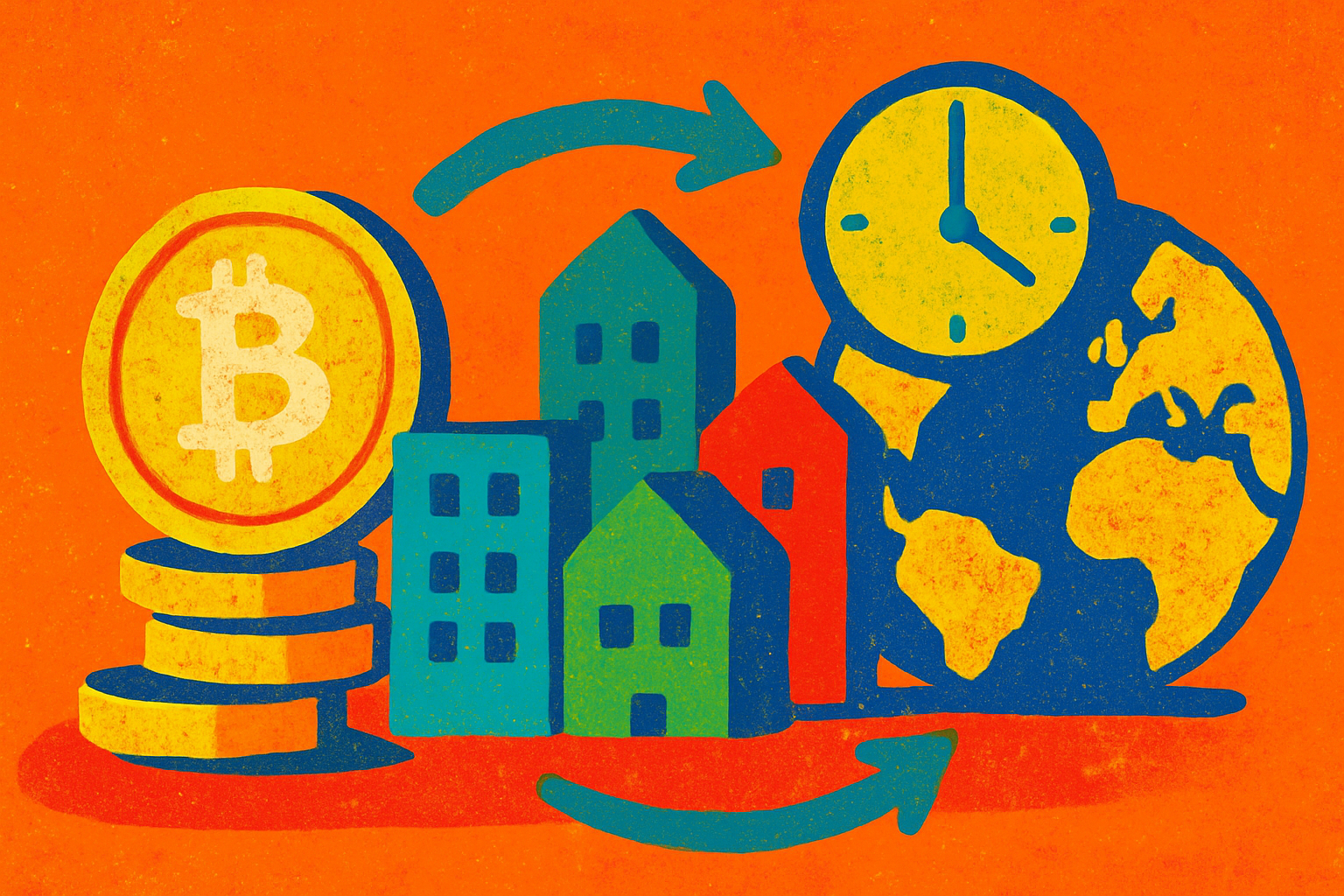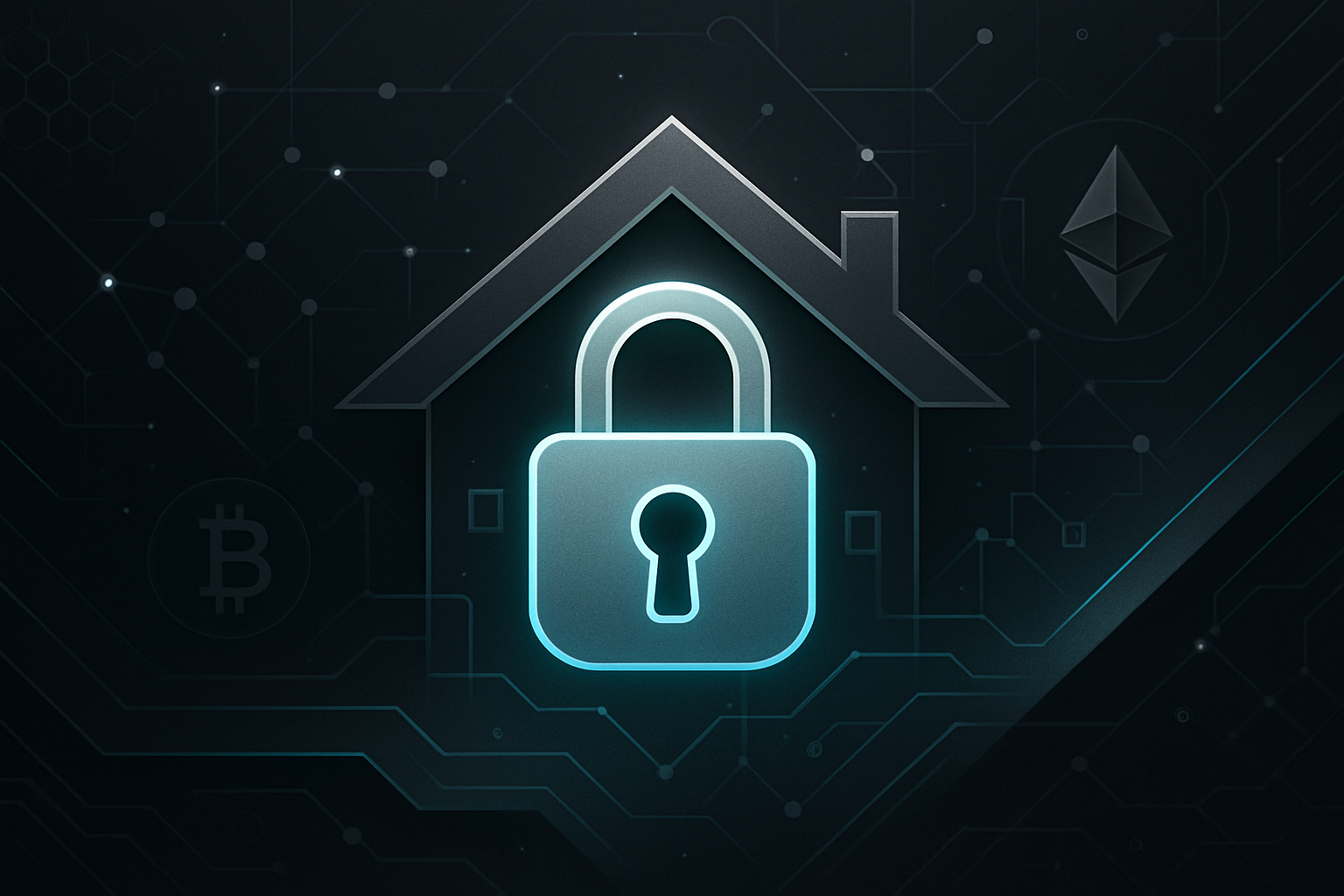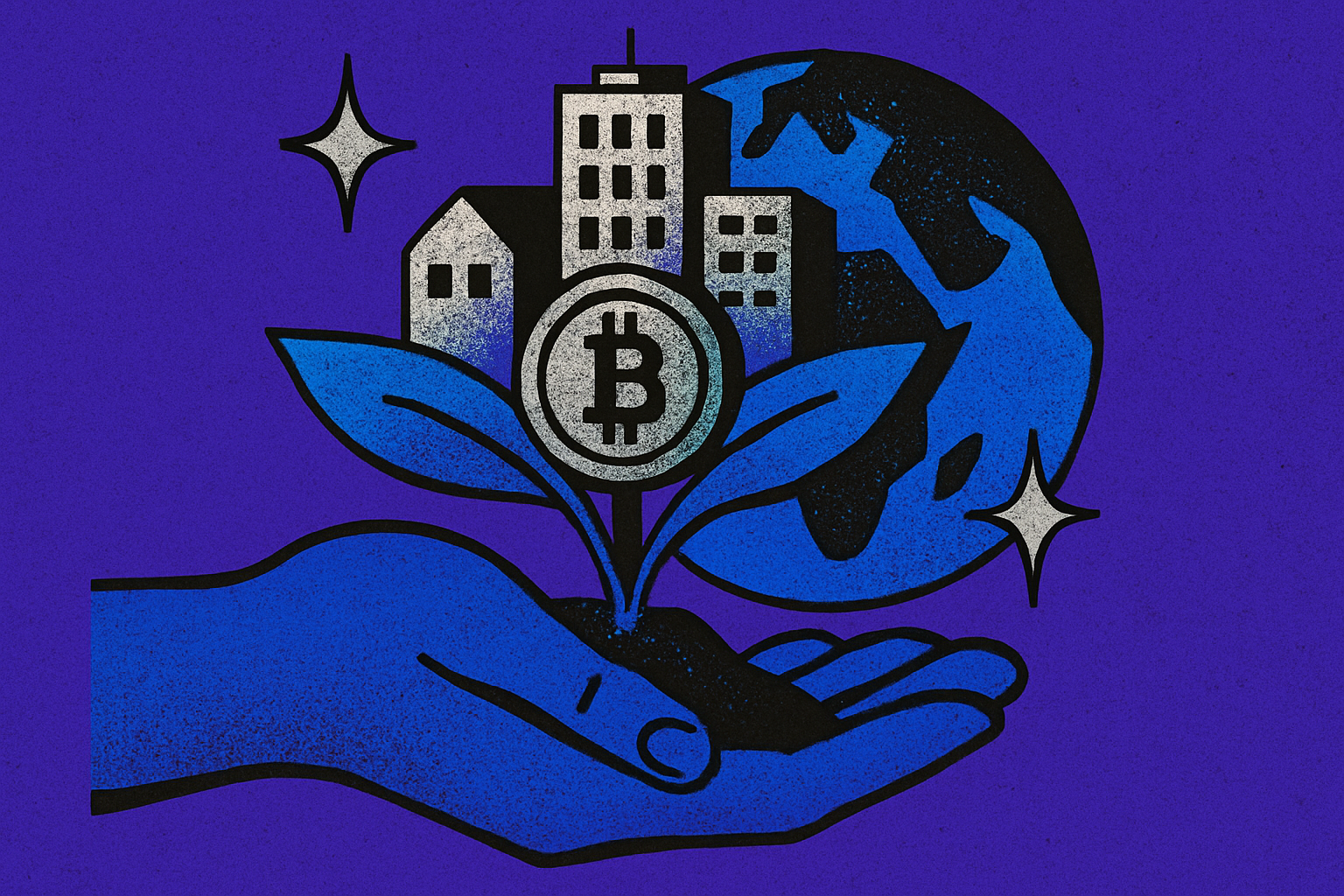How Property NFTs Are Transforming Real Estate Rentals On-Chain

Property NFTs are rapidly reshaping the landscape of real estate rentals, bringing the centuries-old industry on-chain and introducing a new paradigm for both investors and tenants. This transformation is not the result of hype alone, but a methodical evolution driven by blockchain’s capacity for transparency, efficiency, and democratization. As we analyze these changes, it’s important to remain clear-eyed about both the opportunities and the risks inherent in this emerging market.

Fractional Ownership: Lowering Barriers in Real Estate Investment
The traditional real estate market has long been characterized by high entry thresholds. Large capital requirements and complex legal frameworks have historically restricted direct property investment to institutional players or affluent individuals. With property NFTs, however, this dynamic is shifting. By tokenizing real assets into unique digital tokens on a blockchain, properties can be divided into fractions, each represented by an NFT that confers a slice of ownership or claim on rental income.
This approach dramatically lowers the barrier to entry. Platforms like Closin are already allowing users to invest in tokenized rental properties with as little as $100 per NFT share. The implications are significant: individual investors can now diversify across multiple properties, geographies, or asset classes without overexposing themselves to any single risk vector. This fractionalization also enables more granular portfolio construction, a key advantage for risk-averse investors seeking exposure to real estate without illiquidity or concentration risk.
Enhanced Liquidity and Transaction Efficiency On-Chain
Liquidity has always been a sticking point in real estate. Selling an interest in a traditional property can take weeks or months due to paperwork, regulatory checks, and negotiations with intermediaries. On-chain rentals powered by property NFTs address these frictions head-on. Blockchain-based marketplaces now facilitate near-instantaneous transfers of ownership between verified parties, often at lower transaction costs than legacy systems.
A notable example is Roofstock onChain’s sale of a rental property in Alabama via NFT, which was completed securely and efficiently through smart contracts. These digital agreements enforce terms automatically and transparently once conditions are met, reducing human error and administrative overhead. For investors accustomed to slow-moving escrow processes or opaque title chains, this represents a fundamental leap forward in both speed and certainty.
Automated Rental Agreements and Blockchain Property Management
The advantages of property NFTs extend beyond investment access and liquidity, they also streamline operational aspects of renting itself. Smart contracts embedded within each NFT can automate crucial elements such as lease agreements, rent collection, maintenance scheduling, and even dispute resolution.
Platforms like Renta Network utilize these programmable contracts to create tamper-proof rental agreements that execute autonomously when specified conditions are met (for example, releasing payments upon verification of occupancy). This automation not only reduces costs for landlords but also enhances trust for tenants, both parties have visibility into contract terms enforced by code rather than relying solely on manual oversight.
The upshot is a more efficient ecosystem where routine tasks are handled transparently on-chain, freeing up resources for strategic decision-making instead of administrative wrangling. For those interested in deeper technical details or regulatory considerations around automated blockchain property management, additional analysis can be found at this resource.
While the technological promise of property NFTs is clear, it is equally important to recognize the evolving landscape of risk, compliance, and security. As tokenized rental property platforms scale globally, the stakes are raised for both investors and property owners. Regulatory clarity remains a work in progress across jurisdictions. Although blockchain offers inherent transparency, it also introduces new vectors for smart contract vulnerabilities and custody risks. Platforms such as Renta Network have responded by integrating with cybersecurity protocols like Naoris Protocol to bolster system resilience and data integrity, but prudent investors should still conduct thorough due diligence before allocating capital.
Another critical consideration is the relationship between digital tokens and real-world legal rights. While most platforms back NFTs with comprehensive legal documentation, the enforceability of these rights in traditional courts may vary by region or property type. This underscores the necessity for robust legal frameworks that bridge on-chain transactions with off-chain realities, a topic that continues to attract attention from regulators and industry stakeholders alike.
Yield Generation and Global Rental Income Streams
The ability to access rental income on blockchain is emerging as a compelling feature for both retail and institutional participants. Tokenized cash flows allow investors to receive their share of rental proceeds directly via automated smart contracts, often in stablecoins or other digital assets. Projects like Landshare illustrate how users can earn yields derived from actual property rentals while maintaining liquidity through secondary NFT markets.
This model not only democratizes access to global real estate markets but also introduces new forms of portfolio diversification previously unavailable to most investors. However, it is essential to scrutinize each platform’s underlying asset quality, tenant stability, and fee structures when evaluating potential returns versus risk exposure.
Security Measures and Investor Protections
Security remains paramount as more value flows into blockchain real estate rentals. The best platforms employ multi-layered safeguards: secure custody solutions, rigorous KYC/AML procedures, regular smart contract audits, and insurance options where available. Collaborative efforts between tokenization platforms and cybersecurity firms are raising industry standards, yet users must remain vigilant about phishing attempts or unverified projects that could compromise their investments.
For those seeking further insights into how leading platforms are addressing these challenges, and how you can participate safely, comprehensive guides are available at this link.
The Road Ahead: Opportunities with Caution
The trajectory of on-chain rentals suggests a future where property investment is more open, efficient, and transparent than ever before. Yet this transformation will not be without growing pains. Early adopters stand to benefit from first-mover advantages but must balance optimism with diligent risk assessment, evaluating platform credibility, regulatory developments, and asset fundamentals before committing capital.
The intersection of blockchain technology with real estate rentals is rewriting industry norms at a rapid pace. For those willing to do their homework, and approach opportunities methodically, the emergence of real estate NFTs could mark one of the most consequential shifts in modern property markets. As always: risk first, returns follow.




